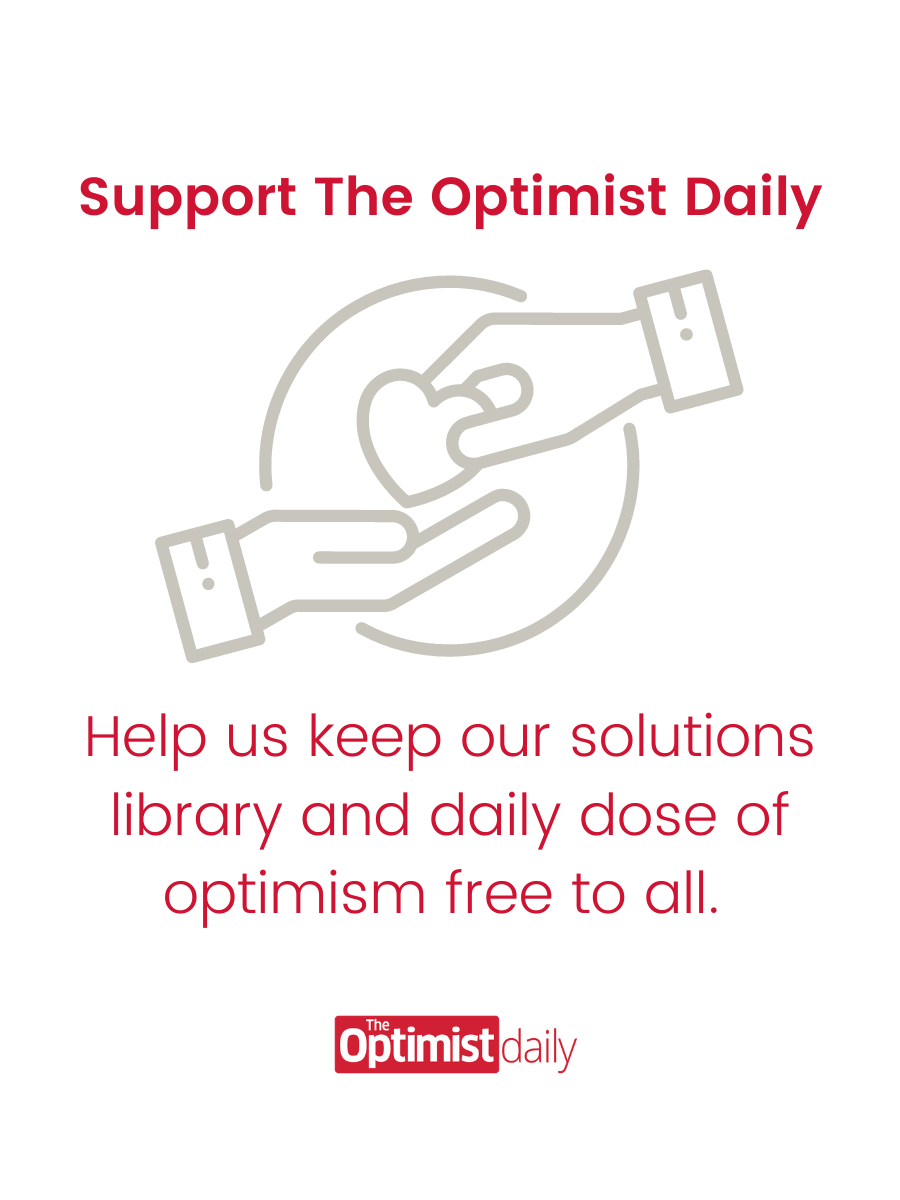Back in 2019, Genentech, a biotechnology company in South San Francisco, partnered with Cool Food, a World Resources Institute (WRI) initiative, to see if they could cut the emissions by nudging employees towards purchasing more sustainable meals.
At Genentech’s enormous headquarters, where approximately 10,000 employees arrived at the building every day, Cool Food gently persuaded employees to make food choices that cut the emissions associated with each dish served in Genentech’s canteens by a third in just one year.
How did they manage this? The strategies are simple but quite effective. For example, they added more plant-based meals to the list of chef’s specials. Dishes like charred Yucatan vegetables, which consists of a flavorful mix of carrots, yellow squash, zucchini, stewed black beans, habanero-pickled red onions, and flour tortillas, quickly gained popularity. Soon enough, more employees were choosing these featured veggie options over meat-heavy meals. Using this behavioral sciences method, Cool Food helps restaurants and foodservice operators reduce their emissions with the goal of cutting emissions by a quarter by 2030.
What this tells us is that even though individuals are responsible for their own choices, concerned foodservice operators have the power to encourage consumers to opt for more sustainable meals. The beauty of this technique is that it focuses on promoting a delicious vegan and vegetarian alternatives without focusing on the negatives of meat consumption.
Operators can also decide how extensive they want their changes to be. For example, in 2015, 14 cafes run by the University of Cambridge in the United Kingdom eliminated beef and lamb from their menus but kept poultry and dairy available. With the new menu, customers could choose meat if they liked, but they also had options such as Swedish-style veggie balls, smoky Moroccan chickpea stew, or sweet potato burgers. By 2018 their emissions fell by almost a third while the quantity of food served went up by 30 percent.
Exposing consumers to delicious vegetarian meals they may not have been inclined to try before has a ripple effect. It may also encourage people to try similar dishes the next time they go to a restaurant, or better yet, they might start making plant-based meals regularly at home, further reducing their personal emissions.












